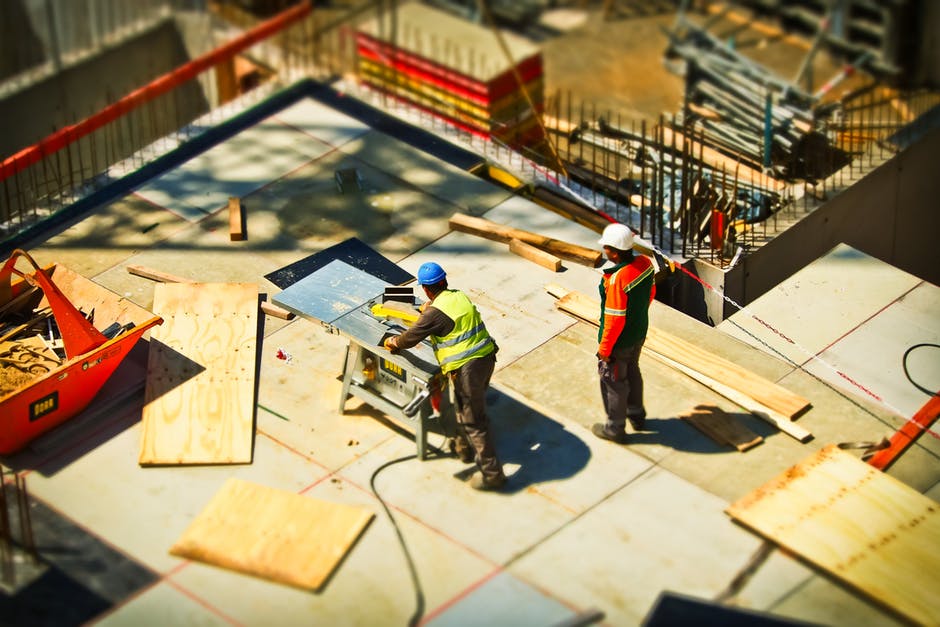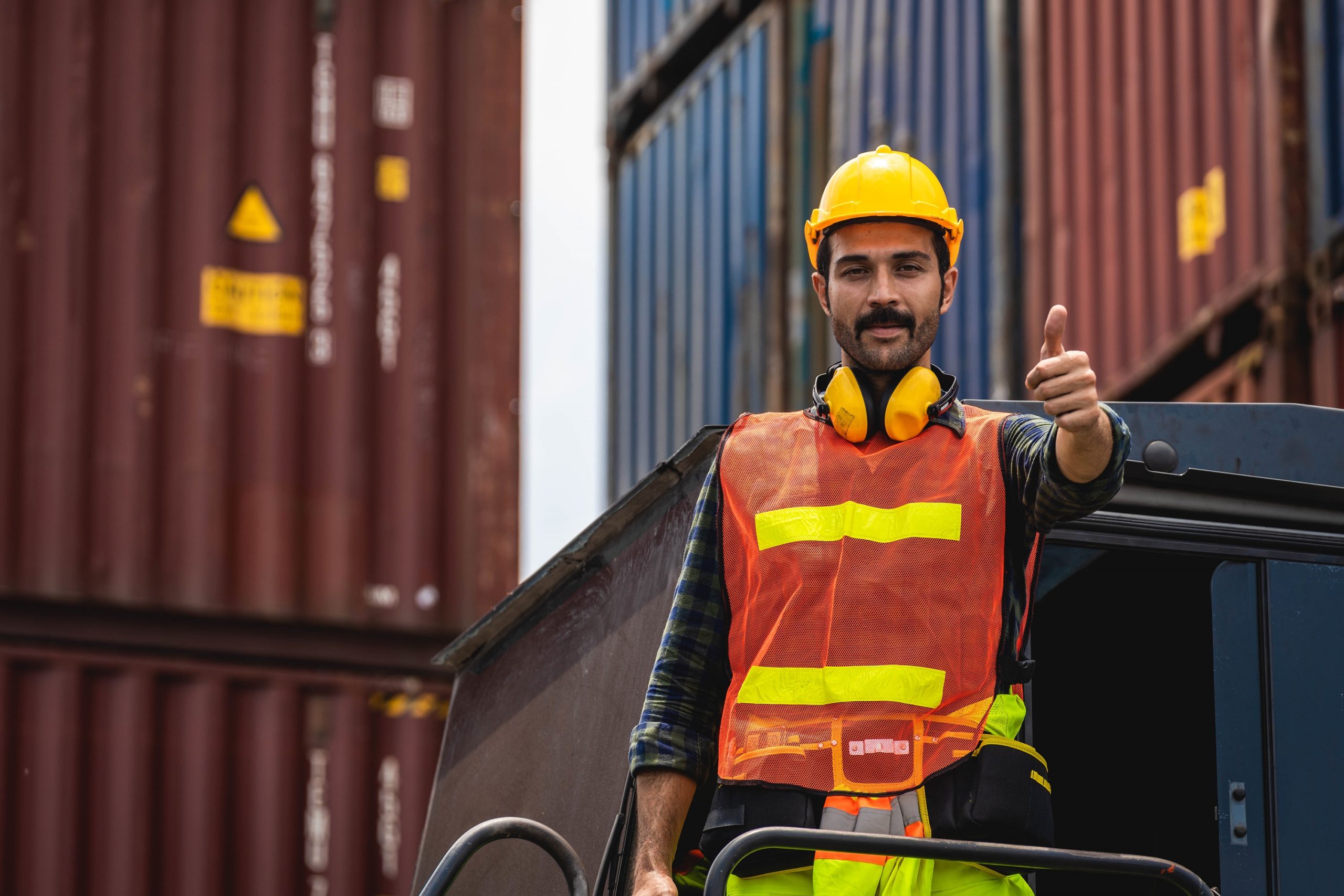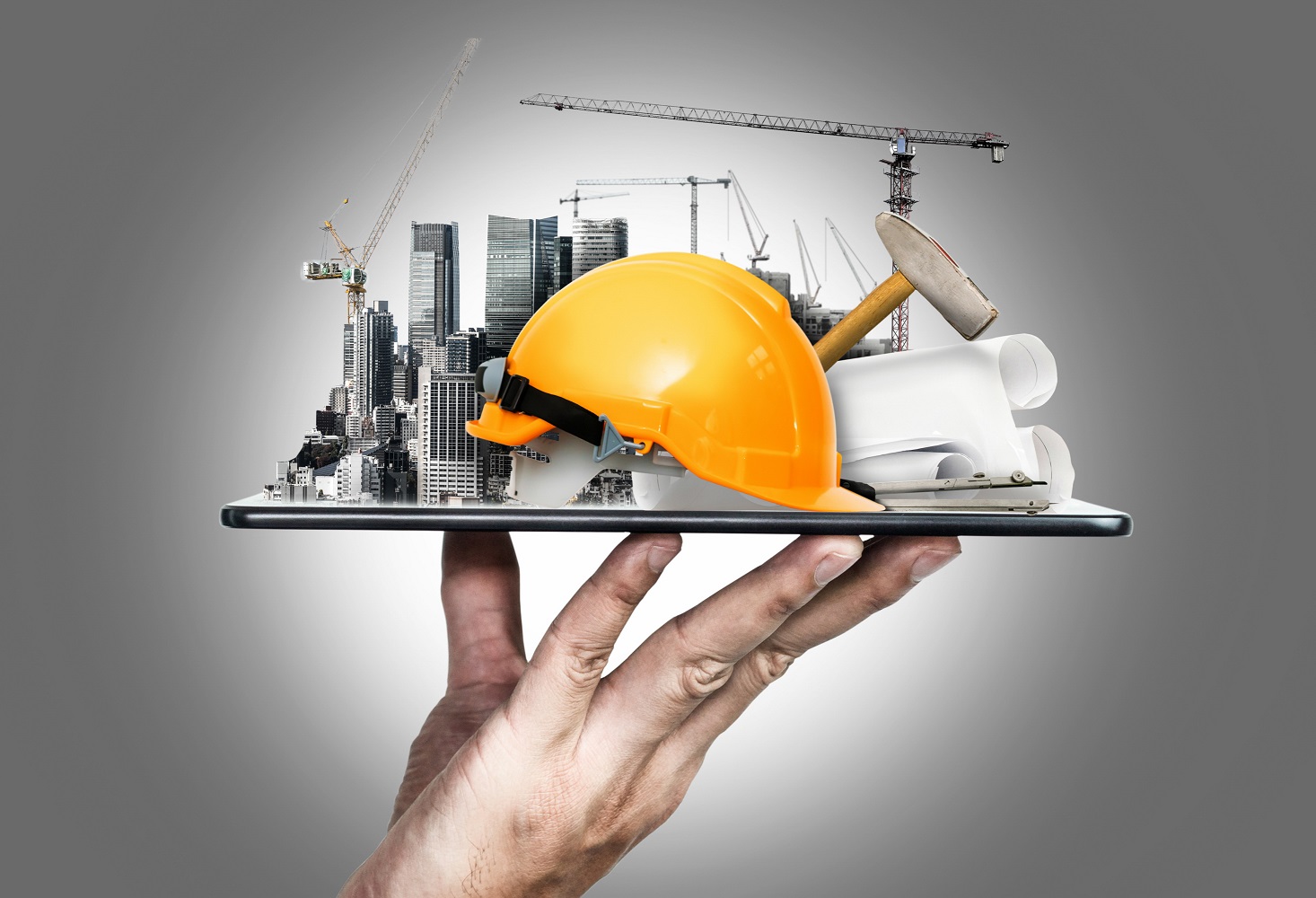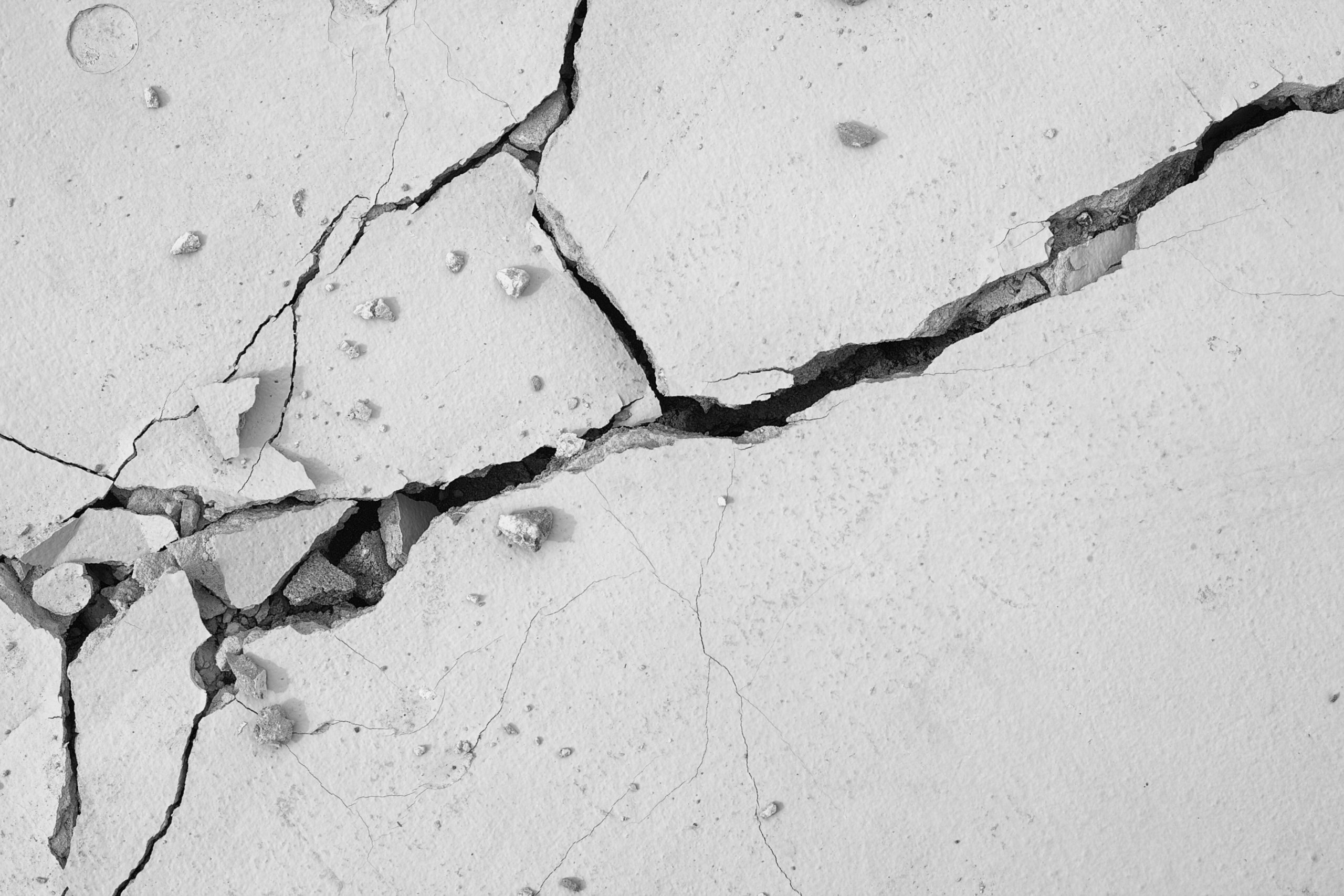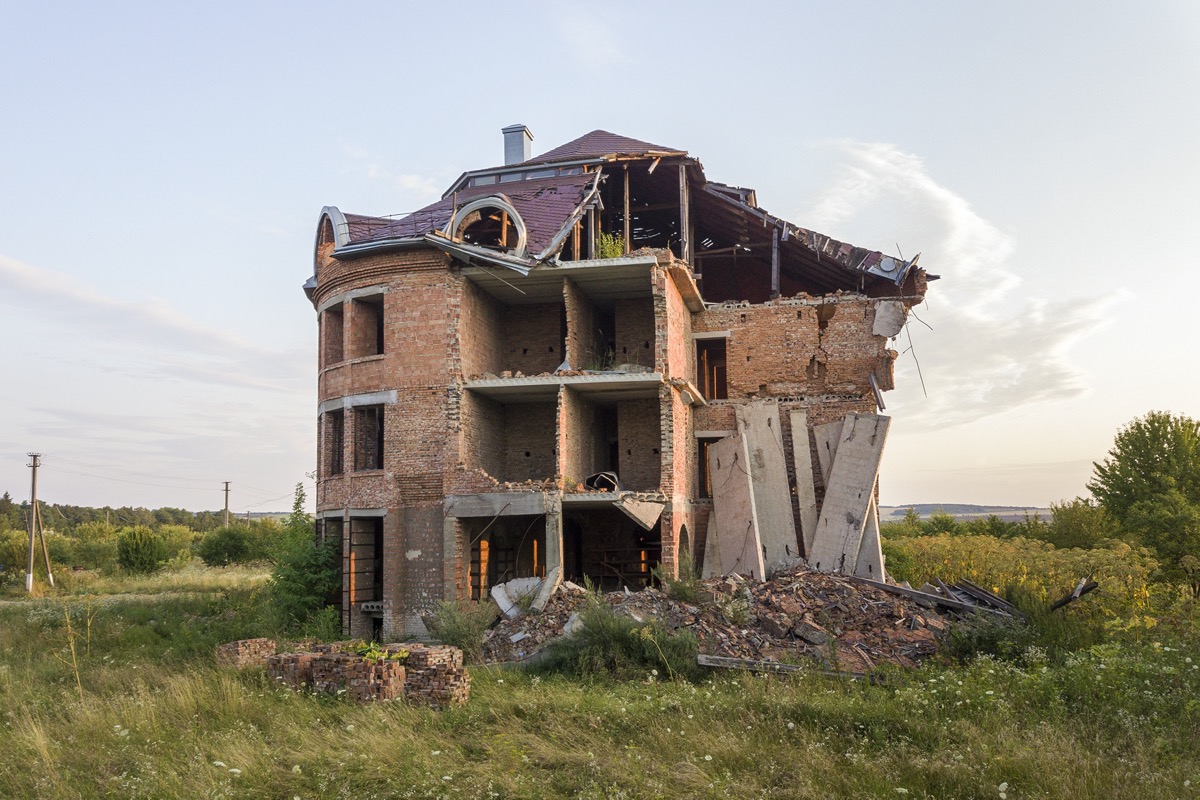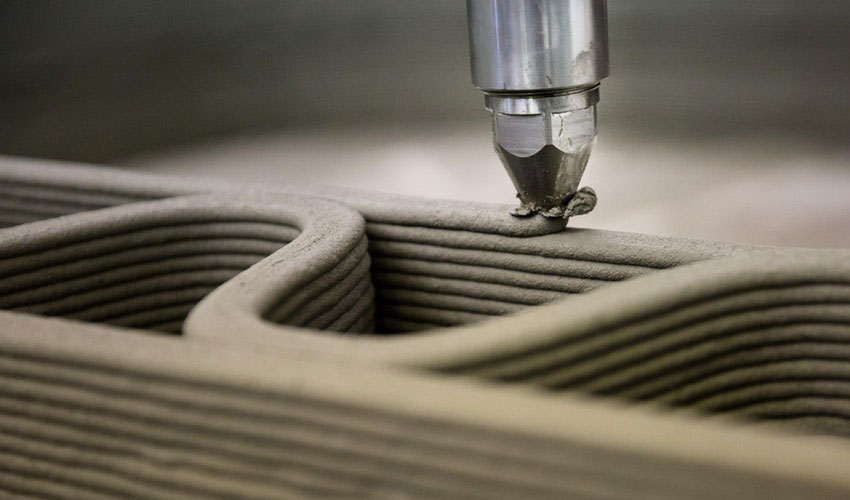With the relentless need for espousing more and more sustainable practices in building construction, ultimately to evade the corrosion happening to the environment, constructing “Green Buildings” have become indispensable. But sadly, in India, this concept is largely overlooked and hence they are still not a very common phenomenon in the country. Despite this coarse fact, more and more architects and builders are increasingly recognizing the benefits of green construction and pushing for it.
When we think of constructing a green home, we are practically aiming to condense the harmful impact such structures would have on the environment. Hence, careful thought and consideration need to be placed on each aspect of such building design.
Keeping this thought in mind, for today’s post we have decided to provide a brief on 10 mistakes to avoid in green construction. Well, few of them are quite obvious than others, but it is extremely important to consider all of them while constructing an eco-friendly building structure.
Green Construction Mistakes You Don’t Want To Make
1. Having No Plan Of Action
Starting a green building project without a proper plan can be devastating. The idea is to do the homework properly, one needs to be familiar with the different green building rating systems (like LEED (Leadership in Energy and Environmental Design), and GRIHA (Green Rating for Integrated Habitat Assessment), and IGBC (Indian Green Building Council)) to ensure their project includes the common features laid out in such rating standards. Apart from that, the budget is also an important factor that builders and architects need to consider well in advance.
2. Complicated & Large Design
Having a bad design is the last thing any builder/architect wants to do. But how does a design become bad? When one makes it too complicated or large? When planning that perfect design for a building structure, one needs to keep the structural integrity intact. When creating a design, keep in mind everything starting from the foundation and roof, to waterproofing material and framing, also give importance to resource efficiency of the mechanical systems used and climate-specific approaches to assure proficient operation.
3. Failing to Use Solar Power
No, solar panels do not add to the aesthetics of any building structure, but they play a greater role in saving the natural resources. Passive solar buildings soak up the sun and reduce their fuel cost and energy consumption. Architects design should empower their building structures to use the solar power so that their buildings can efficiently capture, store, and distribute solar energy. This will result in lower heating and air-conditioning costs and reduce their adverse environmental impact.
4. Lack of Knowledge
Only because “Green Construction” is the talk of the town doesn’t mean one blindly jumps into it. This subject is wide; hence it is very important to learn about what one is getting involved into. Adequate learning on how things operate, how they are maintained, and their respective benefits are required.
5. Not Abating Your Carbon Footprint
The main reason of constructing a green building structure is because one wants to minimize the carbon footprint as much as possible. This means one needs to get rid of all the redundant energy waste and purchase equipment which are energy-efficient. The goal should be to produce minimal waste and lessen energy consumption.
6. Not Planning for The Future
While the present is important, it is always advisable to look ahead and plan for the future well in advance. Building structures are not temporary they are going to be around for quite some time, say at least 10, 20 or 30 years, so one needs to think ahead on the increasing and changing needs of the population living in it.
7. Inadequate Insulation
Insulation plays a big role in a buildings heat retention and loss. The insulation of any building structure decides how much it would spend on electricity. Well insulated buildings mean less use of energy and resources, which ultimately result in low electricity bills.
8. Indecorous Roofing Systems
Roofs are one of the most important elements of any building structure, yes it provides shelter and protection. When building the roofs, one needs to place a lot of attention and importance on its design and function. Roofs also play a big role in protecting the walls, thus pay a lot of attention to, the material used, its shape and how much weight it needs to support. Also, the concept of green roofs is rising, but these systems fail due to lack of basic research on their installation and maintenance. So, building strong and durable roofs requires a lot of knowledge and research.
9. Not Using High-Efficiency Equipment
Why do we want to go green? To reduce the consumption of energy, isn’t it? One of the ways to achieve this is by choosing high-efficiency or energy-efficient equipments in your building projects. Today, several high-efficiency and energy-efficient equipment are available at different price ranges, make sure you make the best use of them.
10. Not Using Eco-friendly Products
Green construction should always involve the use of products which are eco-friendly, there is no excuse to not using it. Smart builders are using several eco-friendly products in their building construction, natural products like bamboo, cork concrete, granite, recycled glass and recycled lumber are few to name.
Green Building = Better India
According to the World Green Building Trends 2016 report, by Dodge Data and Analytics, green construction is doubling every three years on a global scale. Environmental regulation, client demand, and enhanced awareness are the some of the leading drivers for this massive growth.
Talking about India, over the last few years, green construction has seen a dramatic pick up in the country. The developers of the LEED program, are very committed towards advancing the rapid adoption of green construction practices in India. To state another fact, green construction in India is anticipated to grow by 20 percent by 2018 (Source)
While this growth sounds slow, green buildings have begun to grow in India. Even though sustainability is more of a choice currently, green construction is becoming increasingly profitable and desirable within the construction market. The market is positively responding to these cost savings and environmental benefits at a dramatic rate. With the right awareness, “Green Construction” is soon going to turn from the need of the hour to a clear choice.
Curated by editor at Wienerberger India
Like this story? Or have something to share? Write to us: gosmartbricks@gmail.com or connect with us on Facebook and Twitter.








